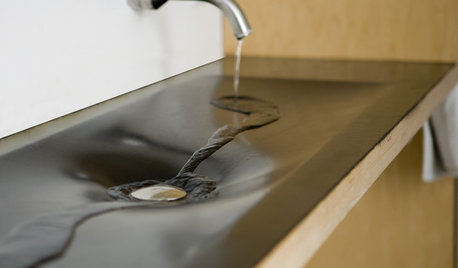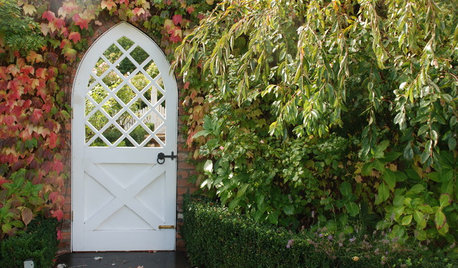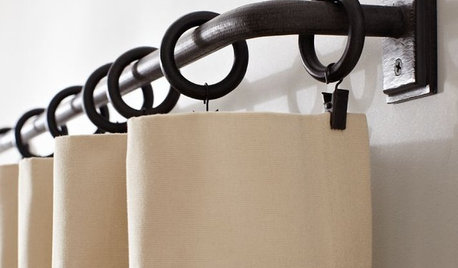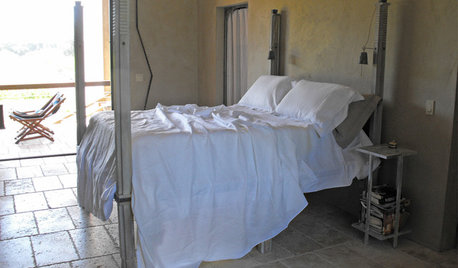Ironite, Ironate, or Green Sand
legacy
16 years ago
Related Stories

GREEN BUILDINGConsidering Concrete Floors? 3 Green-Minded Questions to Ask
Learn what’s in your concrete and about sustainability to make a healthy choice for your home and the earth
Full Story
CONTRACTOR TIPSBuilding Permits: What to Know About Green Building and Energy Codes
In Part 4 of our series examining the residential permit process, we review typical green building and energy code requirements
Full Story
COLORExterior Color of the Week: 6 Ways With Sage Green
See how to set your home apart with this popular green
Full Story
MOST POPULAREasy Green: 23 Ways to Reduce Waste at Home
Pick from this plethora of earth-friendly ideas to send less to the landfill and keep more money in your pocket
Full Story
BATHROOM DESIGNGreen and Clean: Ecofriendly Bathroom Sinks
Sinks crafted from recycled rubber, glass and more make for showstopping bathroom features and are more affordable than ever
Full Story
LIVING ROOMSRoom of the Day: Addressing the Green Piano in the Room
A homeowner’s favorite furniture item presents an interesting design challenge and reveals a fascinating history
Full Story
CURB APPEAL10 Gorgeous Gates That Make a Stylish Statement
From wrought iron masterpieces to simple wooden designs, there’s a gate for any garden
Full Story
TASTEMAKERSPro Chefs Dish on Kitchens: Michael Symon Shares His Tastes
What does an Iron Chef go for in kitchen layout, appliances and lighting? Find out here
Full Story
PRODUCT PICKSGuest Picks: Get Beachy With a Casual Coastal Living Room
Live easy in a room full of natural textures and colors borrowed from the sand and sea
Full Story
PRODUCT PICKSGuest Picks: Loving Linen All Over the Home
Charmingly rumpled or ironed smooth, these linen finds from napkins to curtains bring casual elegance to rooms
Full StoryMore Discussions







jenny_in_se_pa
legacyOriginal Author
Related Professionals
Graham Landscape Architects & Landscape Designers · Rancho Cordova Landscape Architects & Landscape Designers · Bergenfield Landscape Contractors · Cary Landscape Contractors · Morrisville Landscape Contractors · Palos Verdes Estates Landscape Contractors · Ringwood Landscape Contractors · Phoenix Solar Energy Systems · Laguna Woods Solar Energy Systems · 45056 Window Contractors · Eagle River Window Contractors · Ocean Pines Window Contractors · Baltimore Fence Contractors · Eastvale Fence Contractors · Sacramento Fence Contractorsjenny_in_se_pa
legacyOriginal Author
hitexplanter
legacyOriginal Author
hitexplanter
texasgardener_2010
Treebeard